4 Types Of Lifting Straps: Choose The Right Option
Lifting straps have been shown to help sustain lifting ability while completing sets. There are several reasons why this is the case, and why you should be getting some yourself.
Of course, if this is your first set of straps, you’re likely to find the decision complicated. There are a variety of factors to consider. We can help you understand the different types and what you should consider before buying.
Types Of Lifting Straps – There are four main types of lifting straps. You’re about to discover what they are, their differences, and how to choose the right one. Getting this right is instrumental to your ongoing success in and out of the gym.
What Are Wrist Straps?
A wrist strap is a simple loop of material, usually leather or thick cloth. The basic premise is that the strap goes around your wrist and around the barbell. This effectively secures your hands to the barbell.
The fitting technique is slightly different depending on the types of wrist straps you intend to use.
There are different lifting straps, choosing the right one is partly personal preference and partly dictated by the sport you intend to partake in.
Lifting straps are commonly used by weightlifters, casual gym attendees, and even powerlifters. However, powerlifters are generally allowed to use straps when lifting competitively.

Cotton Lasso Lifting Straps Pro
Enhance your lifting experience with Warm Body Cold Mind lasso lifting straps designed for durability and comfort.
How Do Wrist Straps Work?
The basic premise of all types of lifting straps is to help you get the most from your exercise. When lifting there are two reasons to stop. The first is that your muscles are fatigued. The second is that your grip has failed.
In most cases, it’s grip that goes first, meaning your target muscles could have done more. Wrist straps allow you to keep lifting even when your grip weakens. This ensures the target muscles become fatigued and grow accordingly. Studies show weightlifting belts and wrist straps can help you improve your lifting capabilities.
The different types of lifting straps do the same job, they help you hold onto the weight for longer.

Optimize your lifts with Warm Body Cold Mind figure 8 lifting straps, delivering unmatched stability and grip.
3 Advantages Of Using Wrist Straps
There are several advantages to using lift straps.
✅ Lift More
The most obvious advantage when using different lifting straps is the ability to lift more. We’ve all been there, your grip is starting to fail but you feel you’ve got at least one more lift in you. After all, no pain no gain!
Without someone acting as a stopper, it can be difficult to do that extra lift, there’s no one to help you if you fail. With a good pair of wrist straps, you can push the extra lift, and reap the associated strength gains
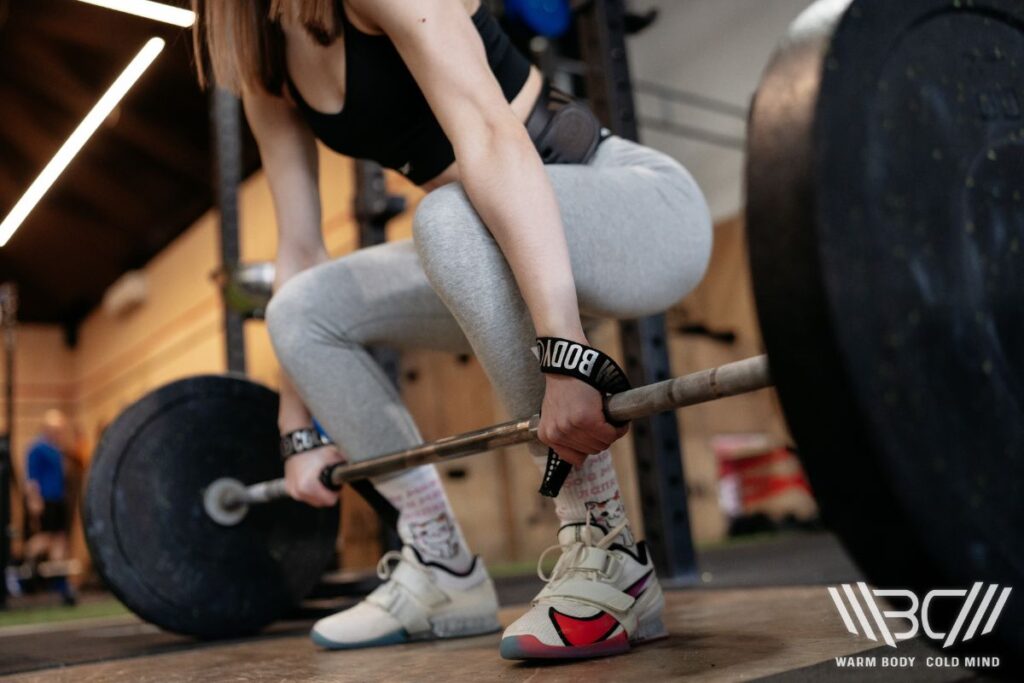
✅ Improves Safety
It’s risky to go higher than the weight you’re used to. You can injure yourself, pull a muscle, or even strain your back thanks to repetitive deadlifts. All of these things can make it difficult for you to continue training. In many cases, you’ll be out of action for weeks.
It’s not just your back, when weightlifting wrists are commonly injured.
Using wrist straps reduces the likelihood of dropping the weight and the associated shock to your body. It can also help you to focus on form, which will reduce your likelihood of injury.

Olympic Weightlifting Straps V1
Enhance your weightlifting experience with premium Warm Body Cold Mind Olympic lifting straps.
✅ Helps Strengthen Grip
The best way to strengthen any part of you is to use the muscles to exhaustion. The same is true when it comes to hand grip.
Using any one of the different types of lifting straps means you can hold onto the weight for as long as possible, even if your grip starts to fail. Being able to grip for longer without fear of dropping the weight means your grip strength will gradually improve.
4 Different Types Of Straps For Lifting
Now you understand the importance of wrist straps and how they work, it’s time to take a closer look at the different types of lifting straps.
| Strap | Construction Style | Usage | Weight capacity | Comments |
| Lasso lifting straps | Long strap with one end sewn into a loop | Strap wraps around wrist and through loop before wrapping around the bar | 770lbs (350 kgs) | Easy to use, boosts confidence. Ideal for beginners |
| Open Loop | Long strap | Strap wraps around hand and then bar | 770lbs (350kgs) | Takes time to get used to using this type of strap |
| Closed loop straps | The strap is stitched to itself, creating a loop | Loop slots around the wrist. The remaining strap goes around the bar | 770lbs (350kgs) | Easy to use, ensures weight can’t be dropped. Often used by Olympians |
| Figure Eight | Strap is stitched into a figure eight, creating two loops. | The join between the two loops goes around the bar and your hand slips through the two loops, holding it in place | 770lbs (350kgs) | Commonly used by professionals. Not advised for Olympic lifting |
1. Lasso Lifting Straps
The Lasso lifting straps are one of our favorites, perhaps because they were designed by our founder and Olympic champion, Oleksiy Torokhtiy.
The straps have a small loop sewn in one end, you wrap the strap around your wrist and feed it through the loop, allowing you to tighten it to your desired comfort level. The other end is wrapped around the bar and enclosed with your hands.
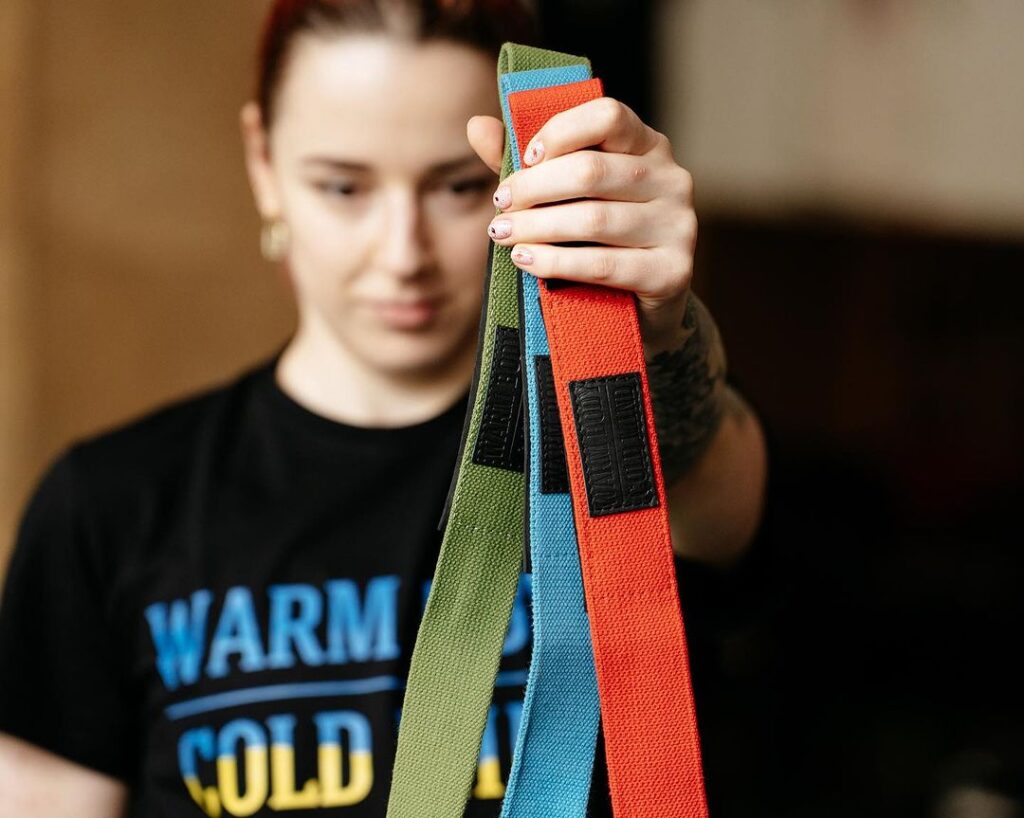
These straps are 56 cm long, 4 cm wide and have a thickness of 4 mm. They are designed to offer support up to 770 lbs.
We, at WBCM, carefully designed the Lasso lifting straps to ensure they are comfortable and easy to use.
These straps will help you increase the weight you can lift. However, because they are simply wrapped around you still need to use your grip, ensuring that grip strength also improves.
2. Open Loop Lifting Straps
The IronMind lifting strap is an open loop strap. That means they are simply a strap which wraps around your bar and your wrist. It’s simple and effective and allows your hand to quickly separate from the bar.
This is one of the reasons why they are favored by Olympic lifters.
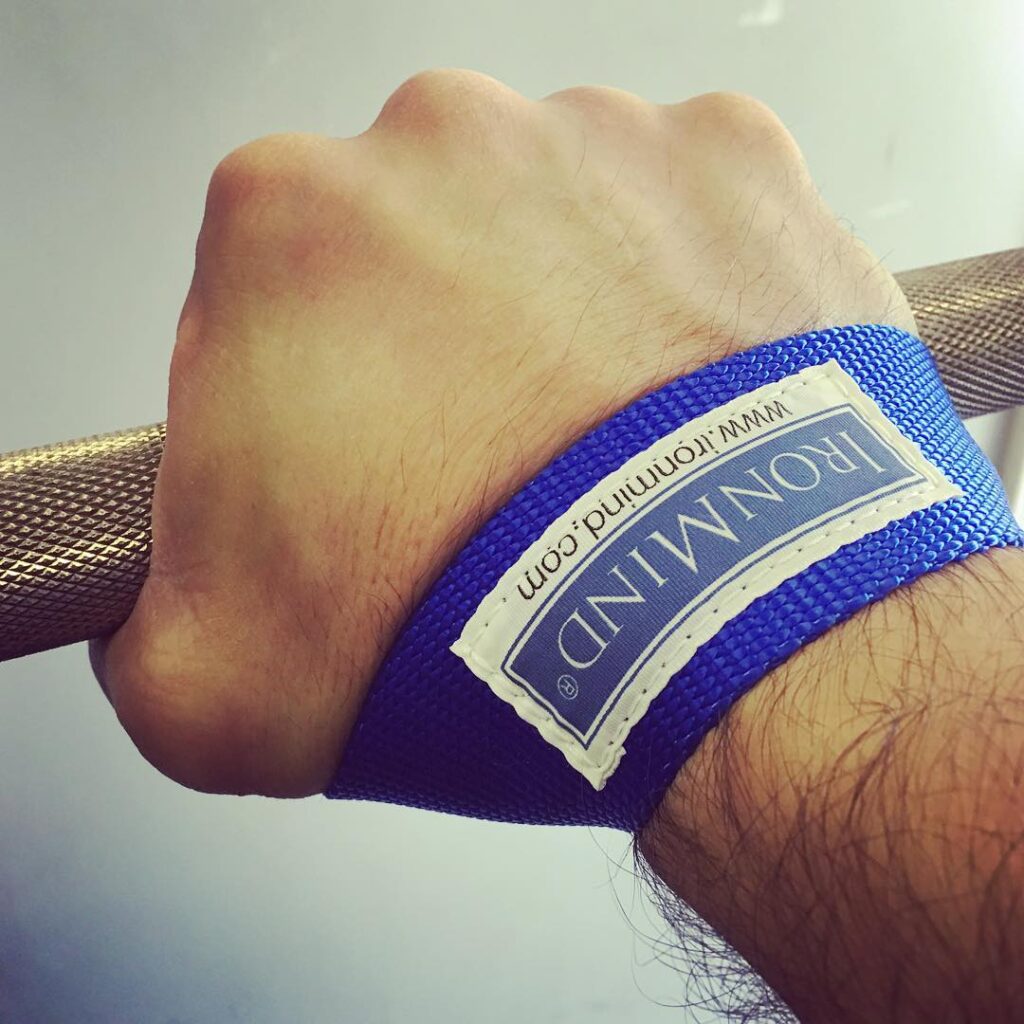
The IronMind option is made from nylon webbing, is marketed as strong enough to hold an elephant and comes in a royal blue color.
Simply place the wrap over your wrist and the ends on the bar. Hold them in place with your hands as you lift. As your grip strength fades, you’ll find the straps temporarily take the strain, allowing you to safely lower the weight back to the floor.
3. Closed Loop Lifting Straps
Closed loop wrist straps have a loop of material which is stitched together. This makes an obvious hole for your hand to slide through, allowing the strap to rest on your wrist. They are very easy to use.
Our WBCM V1 weight lifting wrist straps are available in a wide range of colors, look stylish, and can support up to 770 lbs.

These closed loop lifting straps made from cotton, can be used repeatedly, and are a favorite for Olympic lifters.
While one end is easy to slip your wrist into, the other still needs to be wrapped around the bar and held in place by your hand.
This, like the previous two, allows you to drop the bar if needed, but provides the support you need to push past your grip limits.
4. Figure Eight Lifting Straps
Of all the types of wrist straps these are perhaps the most controversial. This is because, as the name suggests, they are pre-stitched into a figure eight.
The main advantage is that they are very easy to use. You simply slide your hand through one loop and make sure the center of the figure eight is under the bar. When you’re ready, slide your hands through the second loop on each strap, move the loops onto the desired position on the bar, and you’re ready to lift.
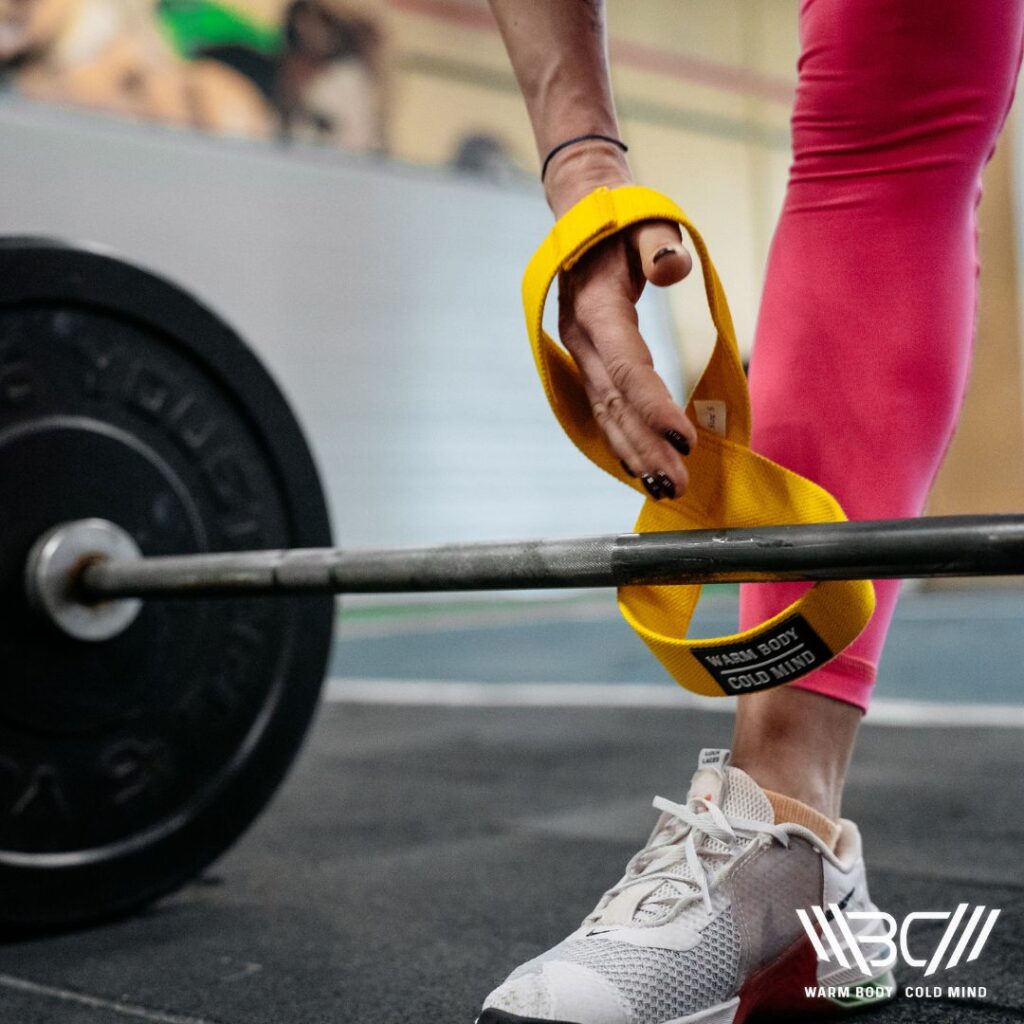
They will help you lift past your grip strength. Our Figure eight lifting straps are designed by an Olympic champion. They are easy to use, come in a variety of colors, and are designed to handle at least 770 lbs.
However, the biggest disadvantage of these is that you can’t just drop the bar, your wrists will still be attached.
Subscribe!
The latest reviews of must-have home gym training equipment, apparel, and supplements that will enhance your performance and bring you new results.
How To Choose The Right Type Of Lifting Strap?
As you can now see, there are four main types of lifting straps. The lasso style is the most common in amateur circles and the cheapest. However, in our opinion, the best option is the closed loop lifting strap. It’s strong, comfortable, and very easy to use. That allows you to focus on what matters, lifting as heavy as possible.
Here are several things to consider when choosing a lifting strap.
1. Weight
Most types of lifting straps will accommodate weights up to approximately 770 lbs. That’s enough for beginners and average lifters.
If you’re intending to lift heavier than that you’ll need to verify the weight capacity.
In all cases, you should verify what weight a strap can handle, it must be more than your one rep max.
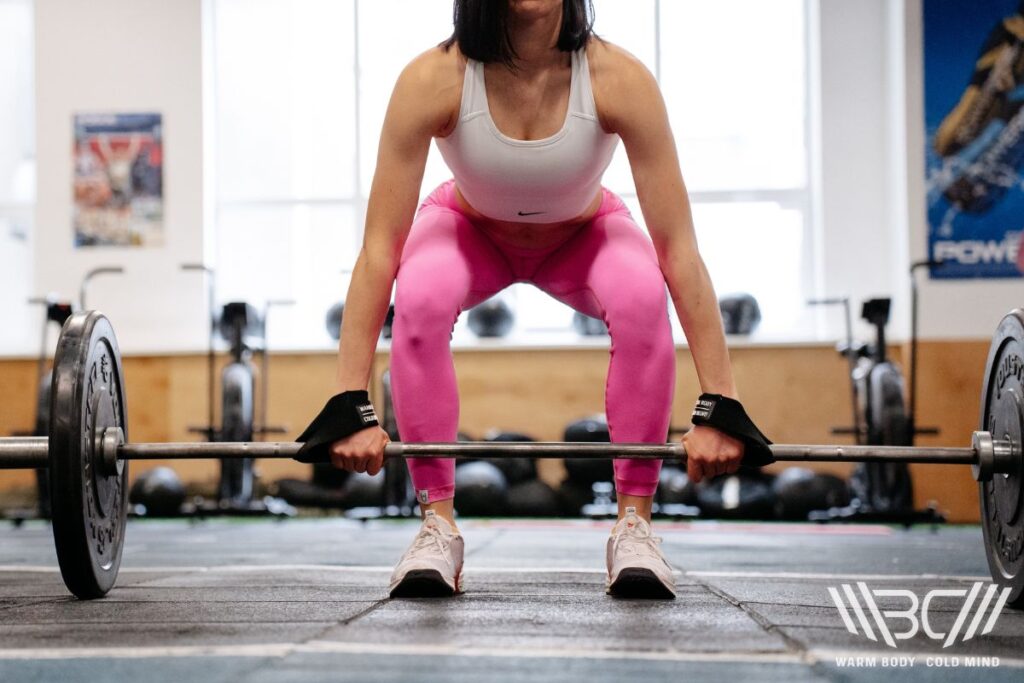
2. Material
The best straps are made from cotton or cotton and neoprene. They’re comfortable and strong. Importantly, they can be used repetitively without losing their strength.
It’s worth looking at what material straps are made of, not everything offers the same strength and comfort as cotton and neoprene.
3. Reputation
Before you select a lifting strap, consider the manufacturer. Ideally, you should know who they are and whether they have a good reputation.
You can check their reputation online or ask others who weight lift. Businesses with a good reputation will have positive reviews online.
Of course, you can also look at the designer. In our case, the wrist straps are designed by an Olympic weightlifting champion. That’s first-hand experience of using straps!
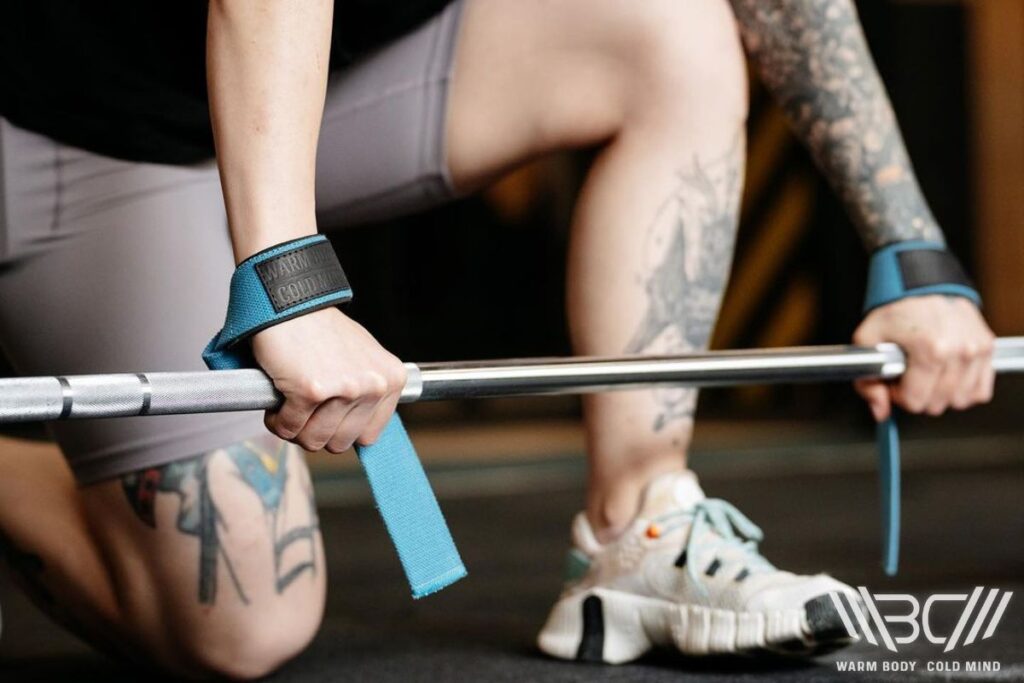
FAQ
Here are some of the most commonly asked questions, they may help you make the right decision when buying lifting straps.
Are All Lifting Straps the Same?
No. There are four main types of lifting straps. The main difference between them is how they fasten to your arm and the bar.
The purpose of all lifting straps is the same, to help you lift heavier when your grip is fading.
Are Figure 8 Straps Safe?
Figure eight straps bind your wrist and the bar together better than any other strap. That means they are superior in terms of your lifting ability.
However, the style of this lifting strap does mean you can’t just let go. That’s something you should consider before using them, especially if there is no one around to help if anything goes wrong.
Conclusion
Lifting straps are beneficial if you want to lift heavier and give your strength training a boost. You should now be able to identify the different types of lifting straps and decide which is the best choice for you.
Remember it’s a personal choice. Think about it today then connect with us to share your thoughts, ask any questions, and even order your much-needed wrist straps.
References:
- Jukic, I., García-Ramos, A., & Tufano, J. J. (2023). “Velocity-Based Resistance Training Monitoring: Influence of Lifting Straps, Reference Repetitions, and Variable Selection in Resistance-Trained Men,” Sports Health, 15(3), 333-341. https://doi.org/10.1177/19417381221095073.
- Jukic I, García-Ramos A, Baláš J, Malecek J, Omcirk D, Tufano JJ. “Ergogenic effects of lifting straps on movement velocity, grip strength, perceived exertion and grip security during the deadlift exercise,” Physiol Behav. 2021 Feb 1;229:113283. doi: 10.1016/j.physbeh.2020.113283. Epub 2020 Dec 8. PMID: 33306977.
- Fong, S. M., Chung, M. Y., Gao, Y., Wai Lee, J. C., Chang, T. C., & Ma, W. W. (2022) “The influence of weightlifting belts and wrist straps on deadlift kinematics, time to complete a deadlift and rating of perceived exertion in male recreational weightlifters: An observational study,” Medicine, https://doi.org/10.1097/MD.0000000000028918, 101(7).
- Rmirez, V. J., Bazrgari, B., Gao, F., & Samaan, M. (2022) “Low Back Biomechanics during Repetitive Deadlifts: A Narrative Review,” IISE Transactions on Occupational Ergonomics and Human Factors, 10(1), 34. https://www.ncbi.nlm.nih.gov/pmc/articles/PMC9837526/
- Huebner, M., & Ma, W. (2022) “Health challenges and acute sports injuries restrict weightlifting training of older athletes,” BMJ Open Sport — Exercise Medicine, 8(2). https://doi.org/10.1136/bmjsem-2022-001372.
Author: Sergii Putsov
PhD in Sport Science, Olympic weightlifting, Strength & Conditioning coach and fitness expert
Sergii Putsov is a professional weightlifter with over 20 years of experience and multiple national medals. He was a member of the National weightlifting team, competing in the 94 kg weight class. Sergii holds a master’s degree in Olympic & Professional Sport Training and a Ph.D. in Sport Science. After his athletic career, Sergii transitioned into coaching and is now responsible for designing training programs, writing blog articles, providing live commentary for international weightlifting competitions, and hosting sport and fitness seminars worldwide.

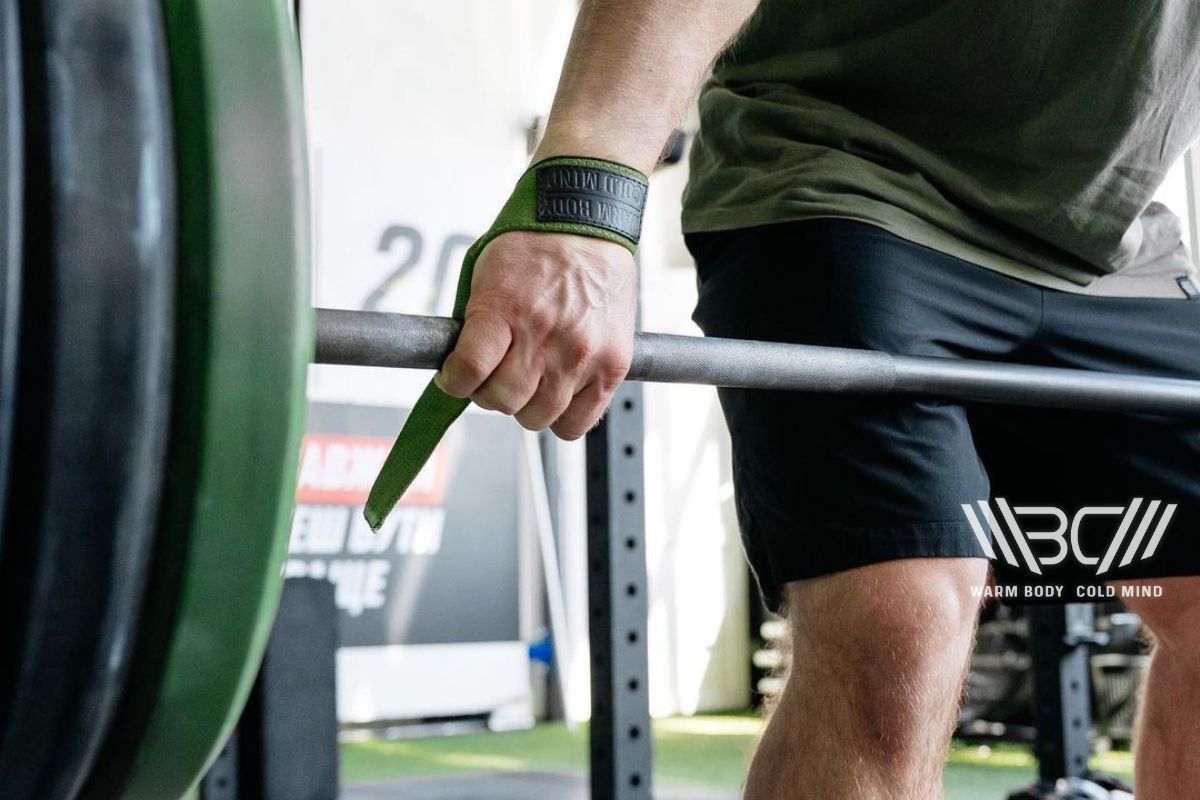
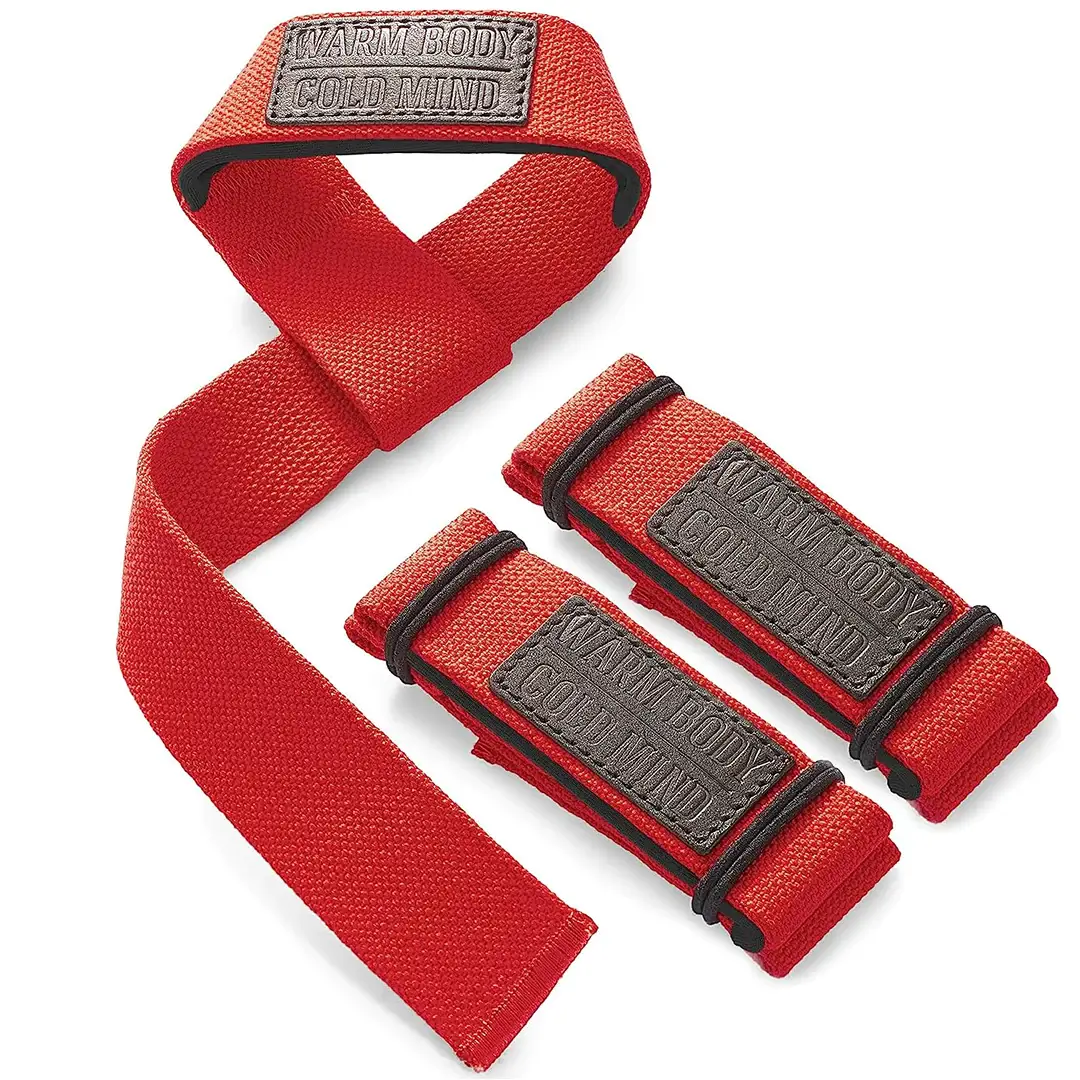
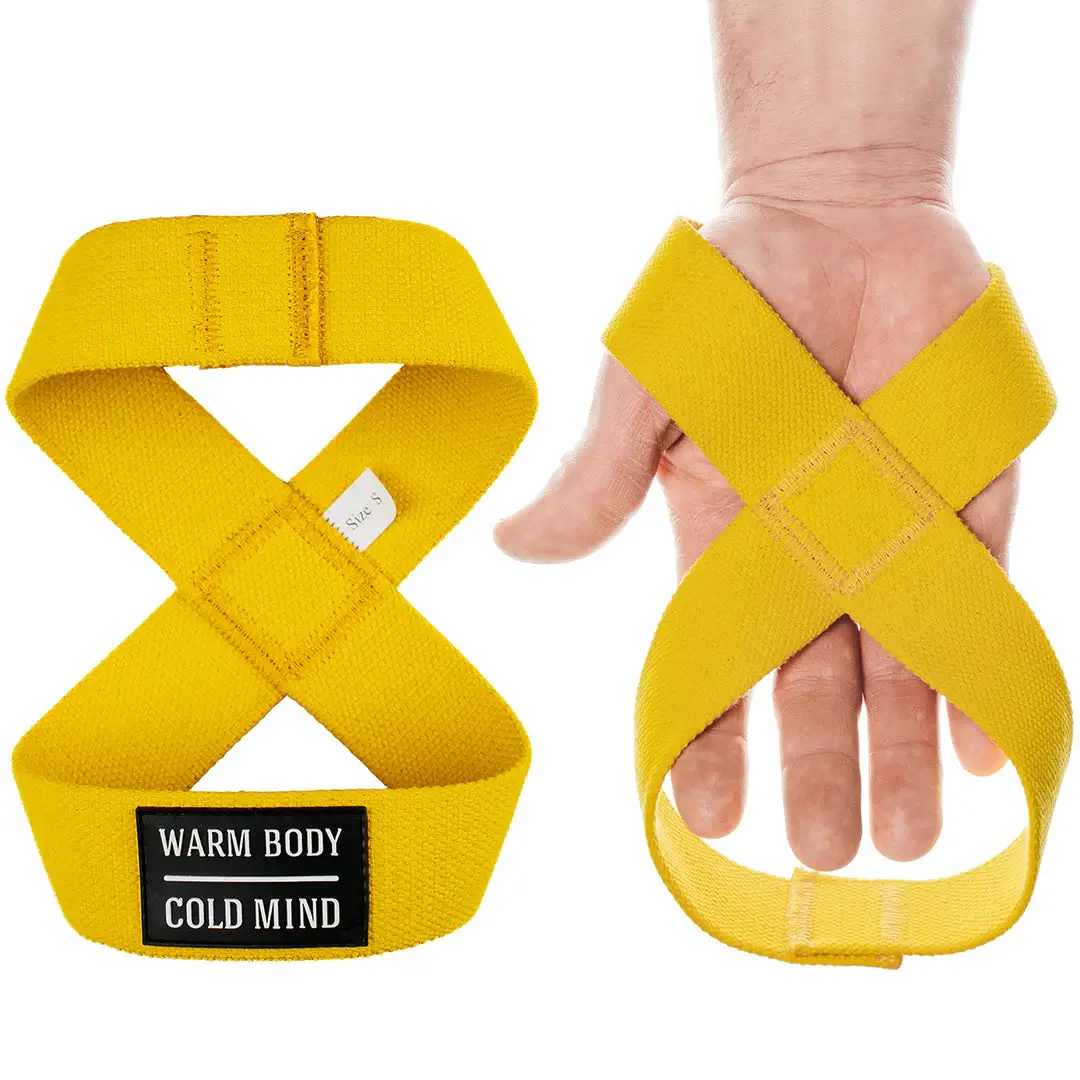
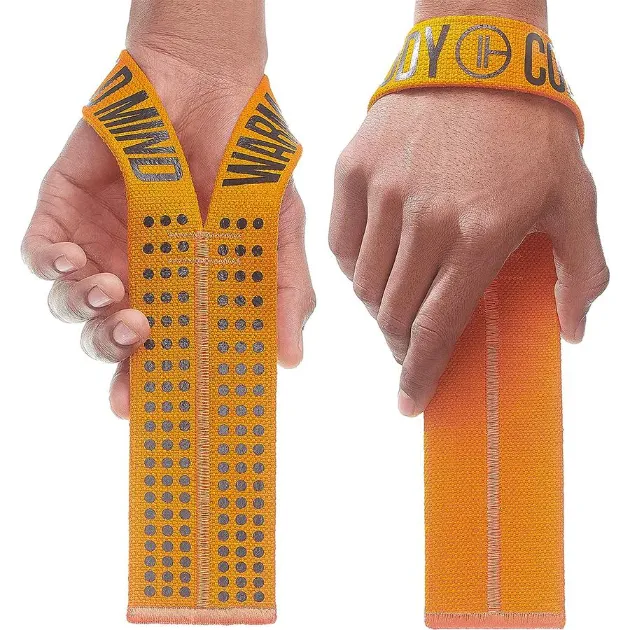
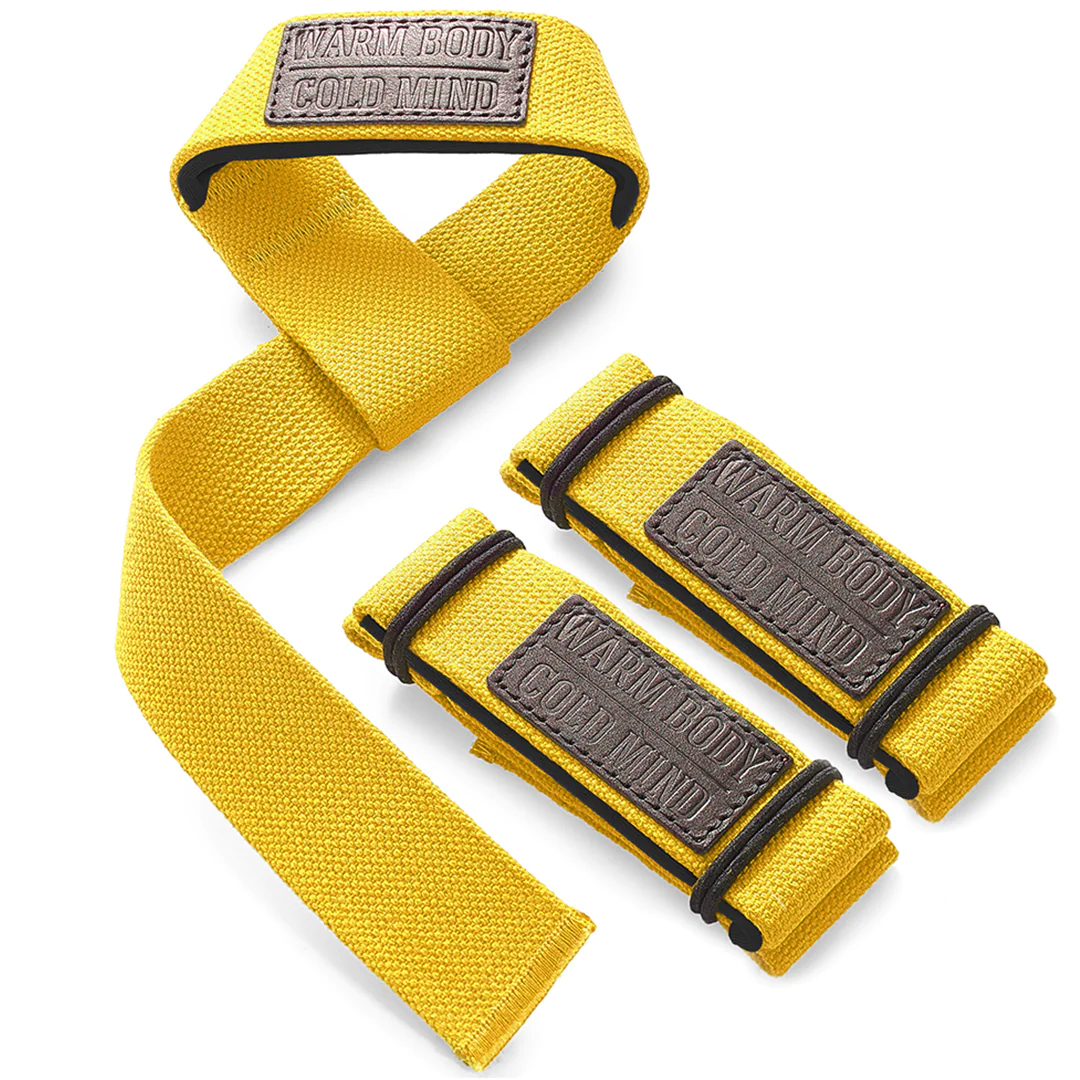
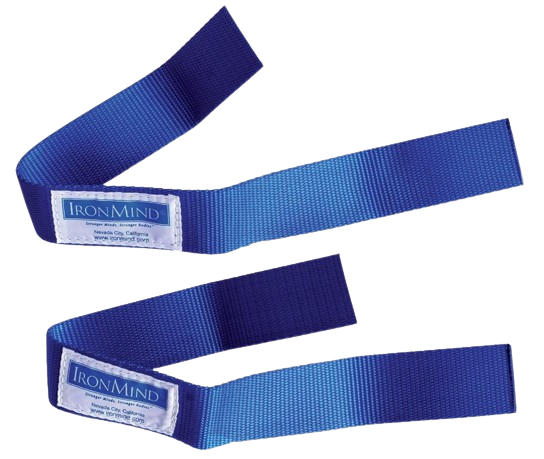
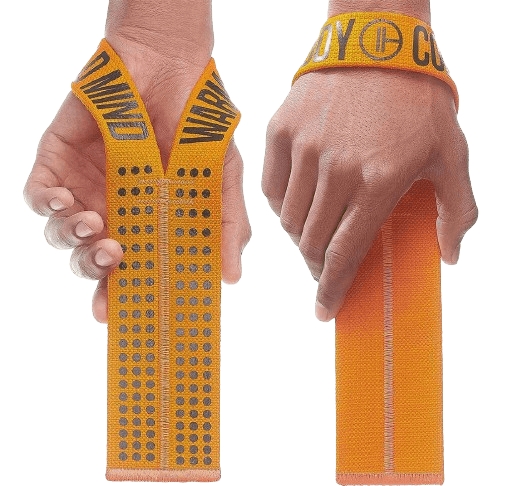
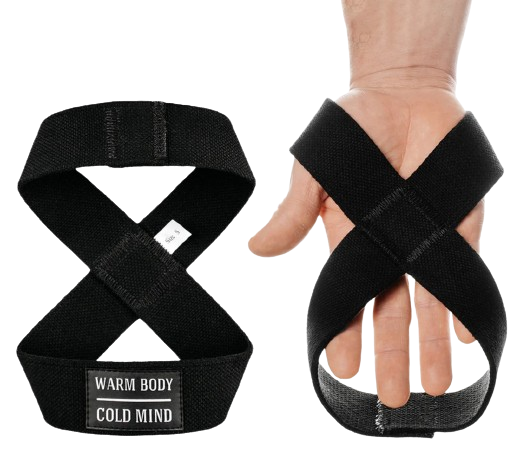

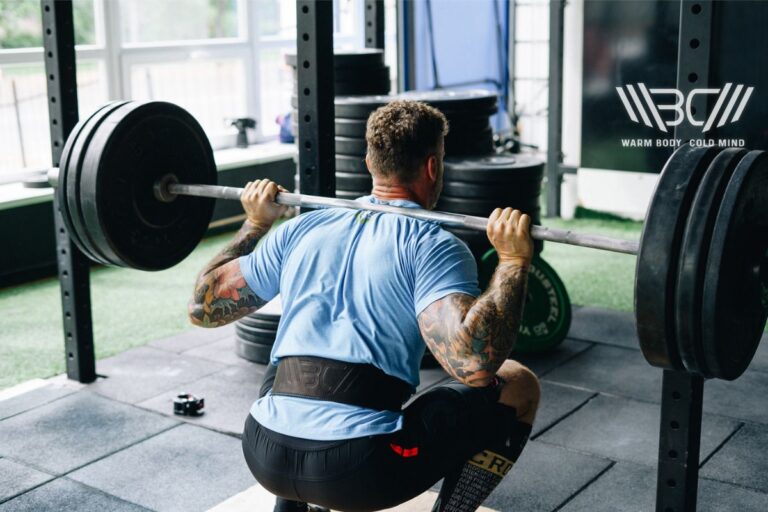
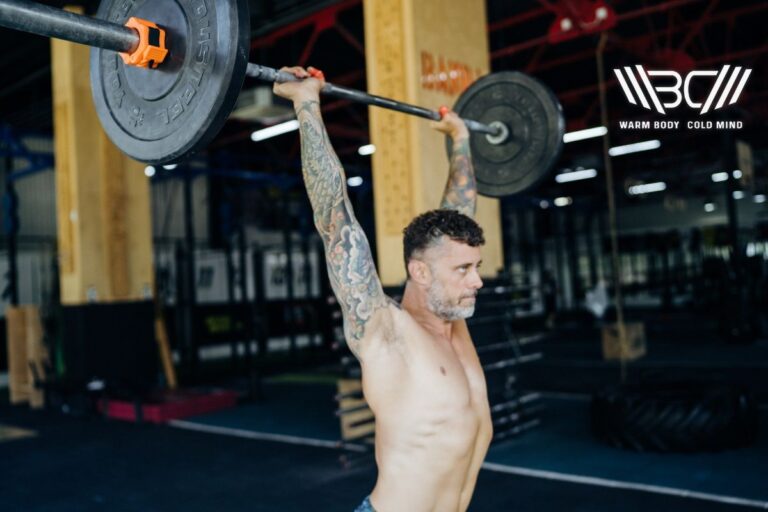
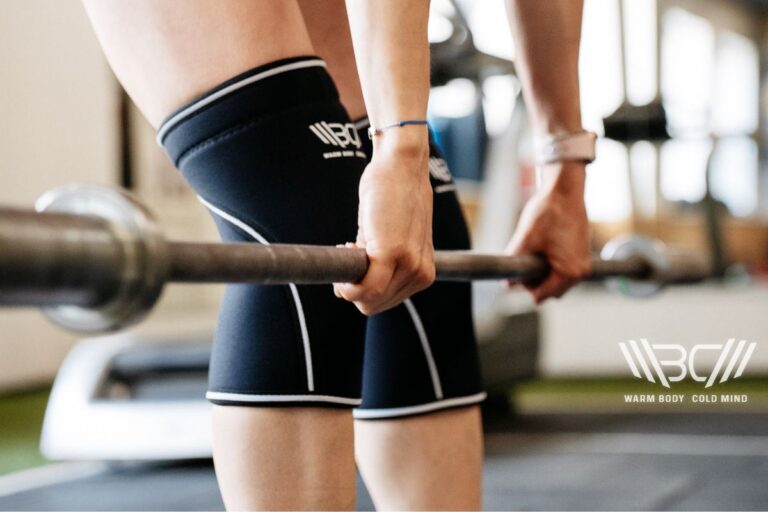
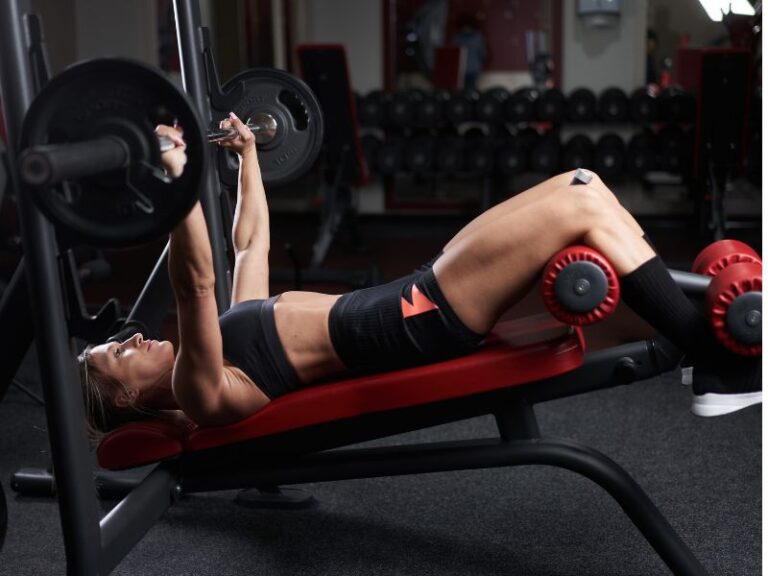
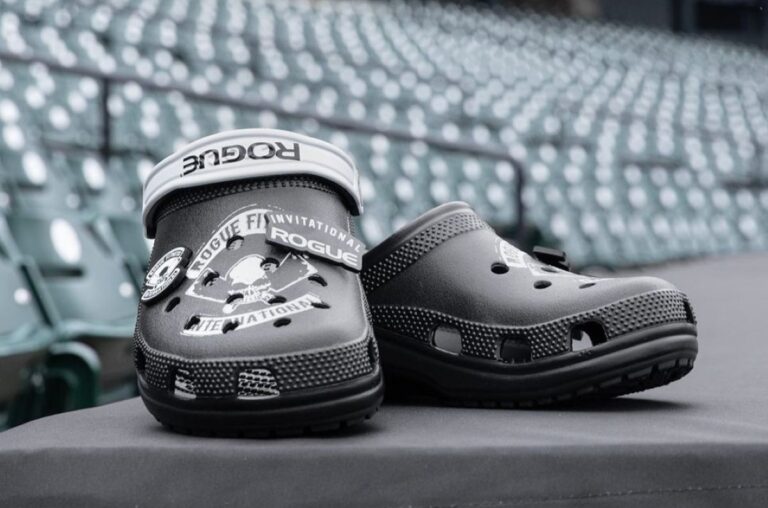
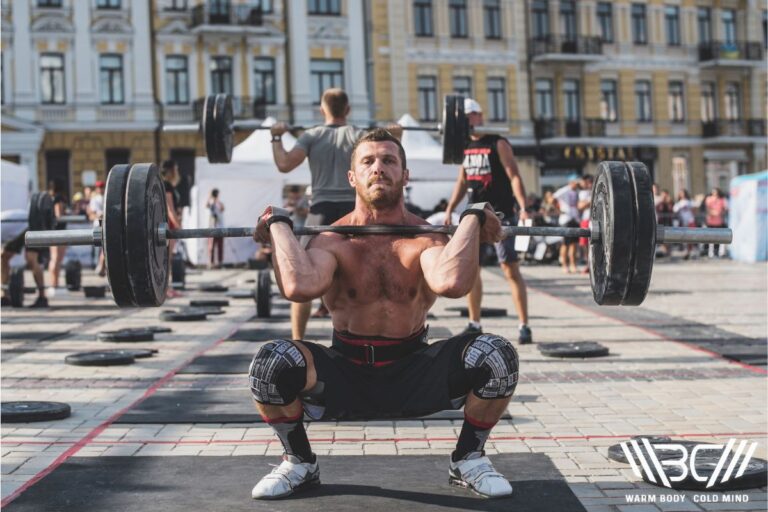
Very detailed description of the types of straps! I am particularly interested in the WBCM lasso basic weightlifting straps. However, I am wondering if there are specific exercises in which the figure eight is more advantageous compared to other types of straps? Can you give me any advice on this?
Thanks for your question! Absolutely, figure eight lifting straps are excellent for exercises like heavy deadlifts and shrugs where a secure grip is crucial. They provide extra stability and support, allowing you to focus on lifting without worrying about grip fatigue. Give them a try and feel the difference!